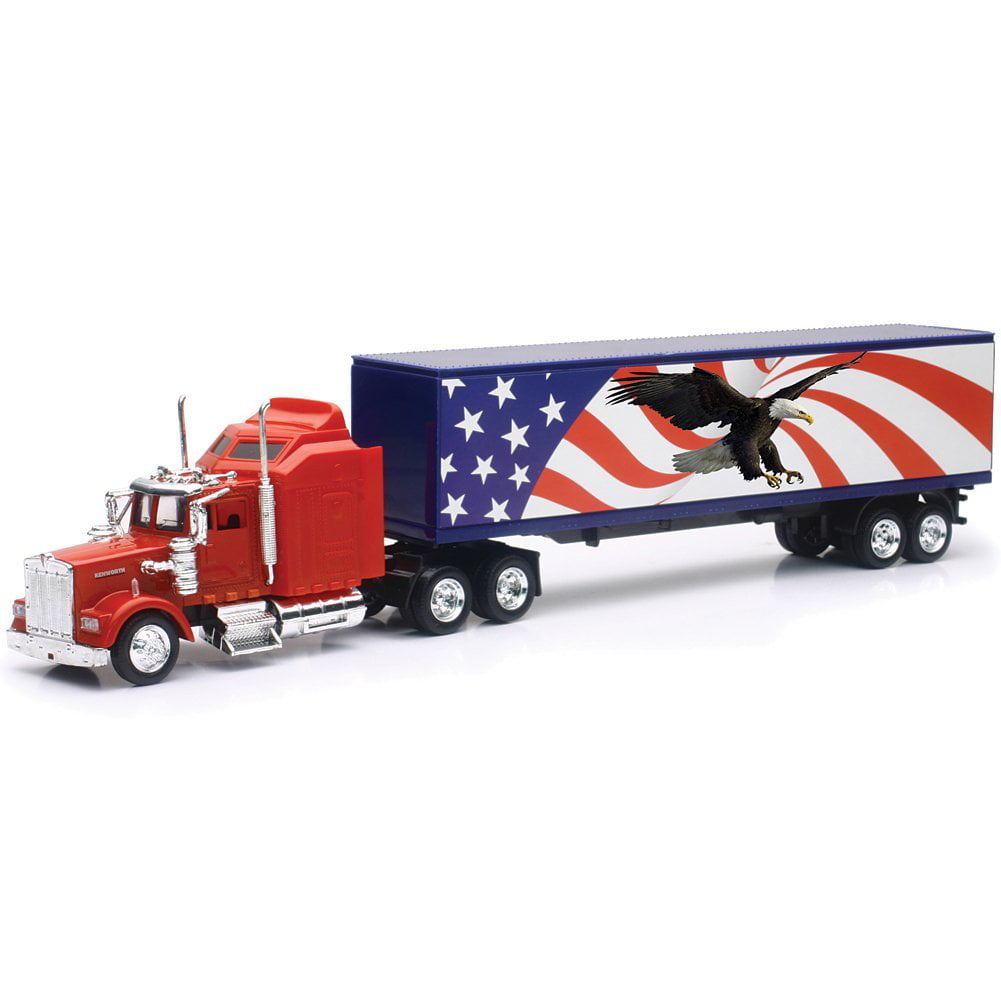
The Babcock test was the first inexpensive and practical test which were used to determine the fat content of milk.Shredded wheat was invented in 1890 by Henry Perky of Watertown, New York. Shredded wheat also comes in a frosted variety, which has one side coated with sugar and usually gelatin. Shredded wheat is a type of breakfast cereal made from whole wheat.In 1890, Herman Hollerith invented the mechanical tabulating machine, a design used during the 1890 Census which stored and processed demographic and statistical information on punched cards. The concept of automated data processing had been born. The results of a tabulation are electrically coupled with a sorter while displayed on clock-like dials. The tabulating machine is an electrical device designed to assist in summarizing information and, later, accounting.Throughout the years and with many alterations made to the stop sign, the current version with white block-lettering on a red background that is used in the United States as well as emulated in many other countries around the world today, did not come into use until the Joint Committee on Uniform Traffic Control Devices adopted the design in 1975. However, the first use of stop signs did not appear until 1915 when officials in Detroit, Michigan, installed a stop sign with black letters on a white background. The idea of placing stop signs at road junctions was first conceived in 1890 when William Phelps Eno of Saugatuck, Connecticut, proposed and devised the first set of traffic laws in an article published in Rider and Driver.
Semi truck desktop toys drivers#

On April 10, 1790, President George Washington signed the Patent Act of 1790 (1 Stat. In 1641, the first patent in North America was issued to Samuel Winslow by the General Court of Massachusetts for a new method of making salt. To promote the Progress of Science and useful Arts, by securing for limited Times to Authors and Inventors the exclusive Right to their respective Writings and Discoveries.

Copyright protection secures a person's right to his or her first-to-invent claim of the original invention in question, highlighted in Article I, Section 8, Clause 8 of the United States Constitution which gives the following enumerated power to the United States Congress: A timeline of United States inventions (1890–1945) encompasses the ingenuity and innovative advancements of the United States within a historical context, dating from the Progressive Era to the end of World War II, which have been achieved by inventors who are either native-born or naturalized citizens of the United States.


 0 kommentar(er)
0 kommentar(er)
